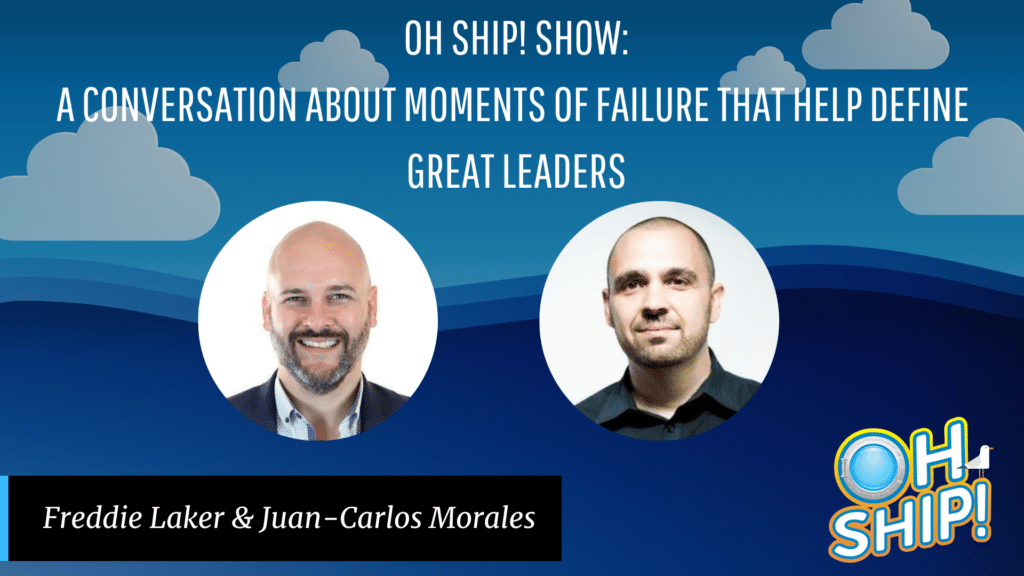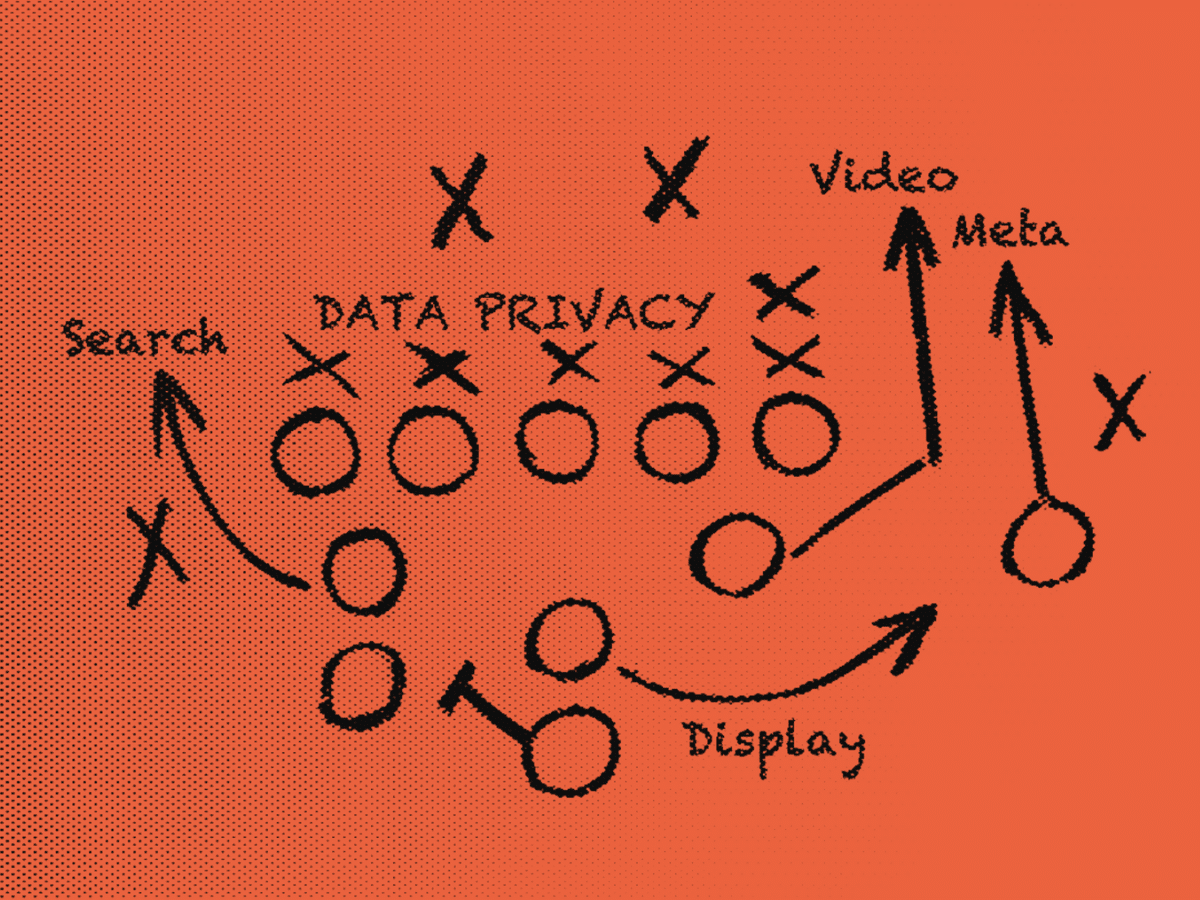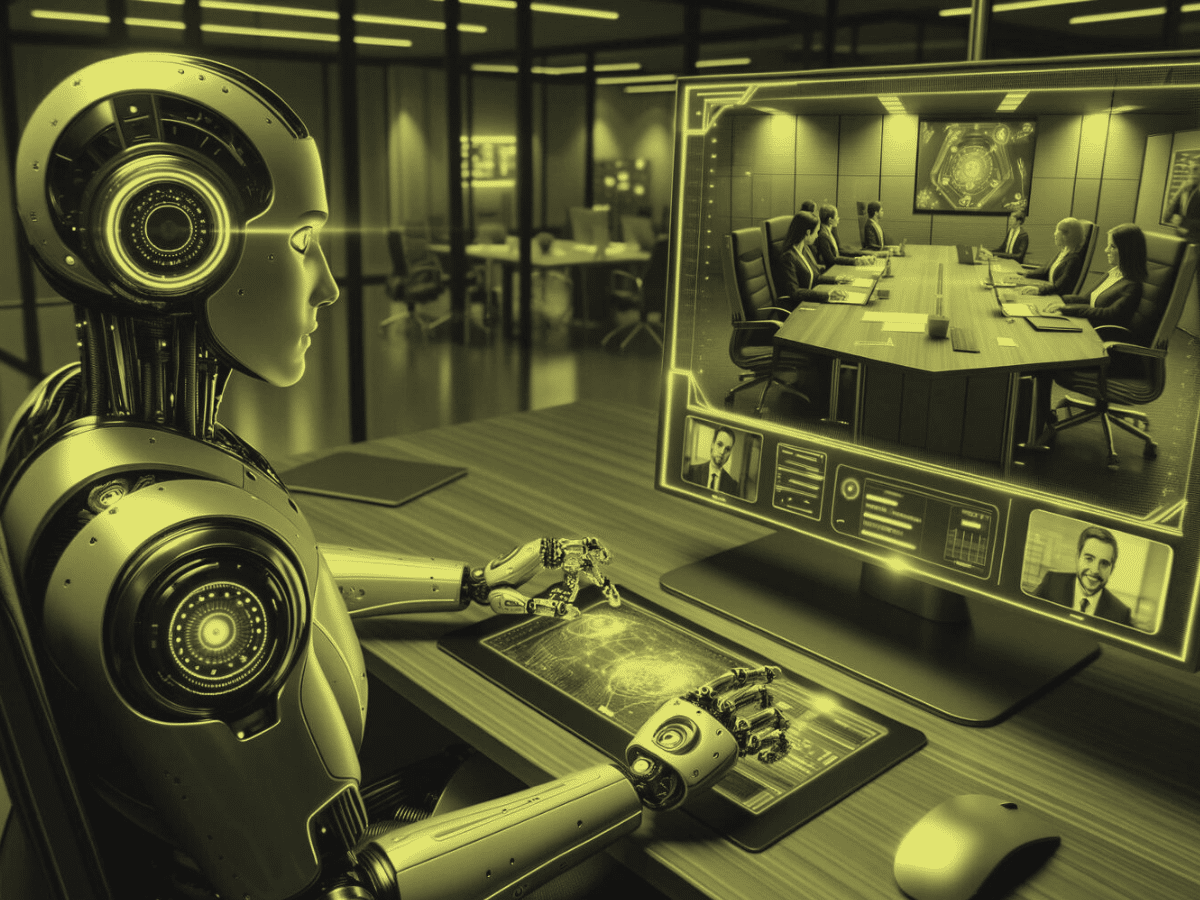An unconventional leader describes the moments that shook him up and transformed him.
Freddie spoke with Juan Morales, Chameleon Collective’s executive creative director, about moments of failure that helped define him as a leader. They’ve collaborated in various ways since the late ‘90s when Freddie launched a company called Lakernet, an internet search provider and web development shop. Juan, a graffiti artist-turned-designer, showed up with a stack of magazines highlighting his work, as in those days, most people didn’t yet have a digital portfolio. Together, their team would knock out 400 or 500 multimedia websites within a few years’ time.
Pushing the boundaries of digital
Juan went on to become an original member of Crispin Porter Bogusky digital team, one of the most awarded agencies of all time. He describes himself as “fanboying a little bit” at his astounding team when he first came in. “I don’t deserve to be here. These people are super talented,” he thought to himself. “But the thing that they needed was someone that could help them with digital.”
A boundary-pushing group, they did things no one else had dreamt up. “There were a lot of things I can’t believe we pulled off,” says Juan. “I mean, we could do just about anything.”
It was an incredible time for interactive media. “I don’t feel like we ever said no to anything. It was more like, ‘Let me see if I can figure it out,’” Freddie says.
Juan describes an interactive fiction stunt involving a robot that they pulled off. The kicker: The audience wouldn’t necessarily realize the storyline was fiction. The premise was that a guy named Colin Mayhew, who had worked at the Mini Cooper plant and been fired for his outside-of-the-box ideas, built a robot from Mini Cooper parts that would go out at night and stop traffic accidents from happening. The story involved a host of characters, each with their own website and story on Geocities. “It was the first time I actually designed a shitty site on purpose,” says Juan.
They weren’t getting much traffic for it, though. Then, Jeff Benjamin, the CD, decided to go into the Mini Cooper forums to seed the idea—a new concept. Juan went in and posted, “Has anyone else seen this?” along with the link, and that was it. “It just blew away. We had people all over the place contacting Colin Mayhew because they wanted to see the robot,” Juan says. That stunt revealed just how much power a designer can wield.
He and Freddie began working together again at iChameleon Group when Juan joined as the new Executive Creative Director. “We pretty much made a business out of these really kind of crazy sites,” says Freddie. “We were coming up with half the ideas while sitting at a bar, and clients loved them.”
Going overboard
One of Freddie’s favorite Oh Ship! moments happened while working with Saatchi & Saatchi for an ad produced for the Toyota Matrix called “Your Other You.” The agency asked about turning the ad into a hoax or a prank since they wanted to ruffle some feathers to get more publicity, says Juan. The ad they came up with had a storyline involving a man on the run from the law who was purportedly reaching out to the viewer personally. Juan and Freddie created videos rendered with the audience’s name in it that looked all too real.
“Maybe the prank was a little too successful,” Freddie says. “An older woman sued Toyota because she thought that someone was coming to get her at her house because of this prank, and she was traumatized.” He recalls her saying that she was sleeping with a knife or a gun under her pillow because the ad had freaked her out.
“We were digital natives at that time,” says Juan. “Other people didn’t understand that this could be faked”—through info like an address from Google Maps. With today’s regulations involving personal information, advertisers could never get away with it. “Back then, it was the Wild West—we were just going down all the avenues we could to create the coolest thing possible, and that got nominated for a titanium at Cannes that year.”
Overcoming imposter syndrome
They went over to Sapient together when it bought their company. Juan, acting as ECD at iChameleon, went on to become one of the key ECDs. They were two of the first people in the space of creative consulting, and with their lack of experience, they would make a lot of mistakes. Due to his nontraditional background, Juan battled with the feeling that he didn’t belong. But their passion for the work shone through. Little by little, Juan realized it didn’t matter how they came to the table; it mattered what they did when they got there. And their background gave them a fresh approach with valuable insights.
Navigating culture shifts and creative isolation
Protecting your culture can prove impossible after merging with a big company, says Freddie. But culture shifts aren’t necessarily bad. “Companies have different cultures, and those cultures work for them.”
He personally loved the culture of a small creative team, so he left Sapient for a print shop called BGT. Six months later, though, PwC bought them out, and he had to adapt.
He found his imposter syndrome flaring up once again, but one of his ideas soon clued company leadership into the full scope of his talents. “I didn’t have the degree that those guys had; I didn’t come from that background, but once we got together, it was magic.” He went on to become their first creative partner after they rewrote the rulebook on credentials to make it happen.
As the only creative partner, he sometimes felt lonely. Some people didn’t even know his profession existed. Be prepared for these situations so they don’t catch you off guard, but try not to stay isolated, he advises creatives. “Digital is a team sport,” he says, “and you need to surround yourself with good team members.”








